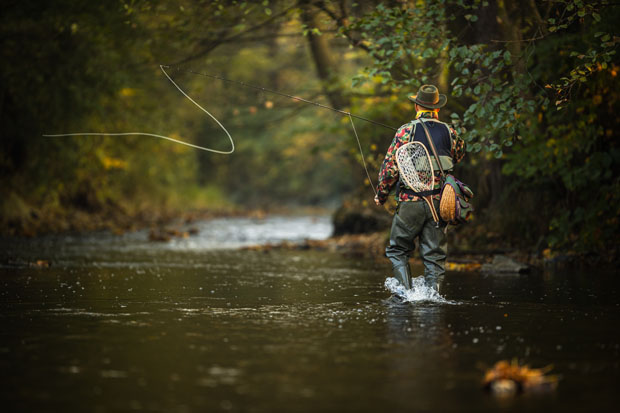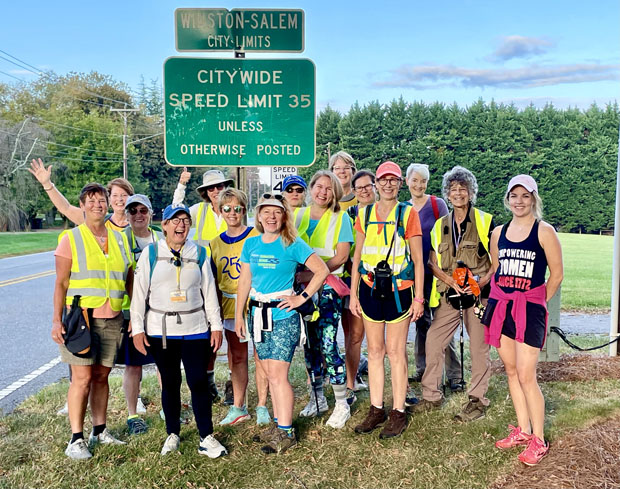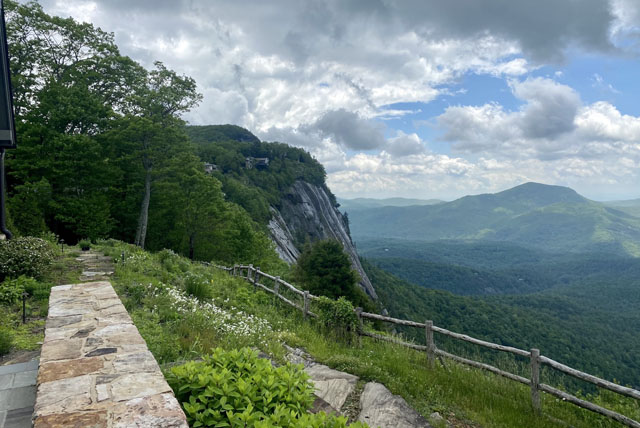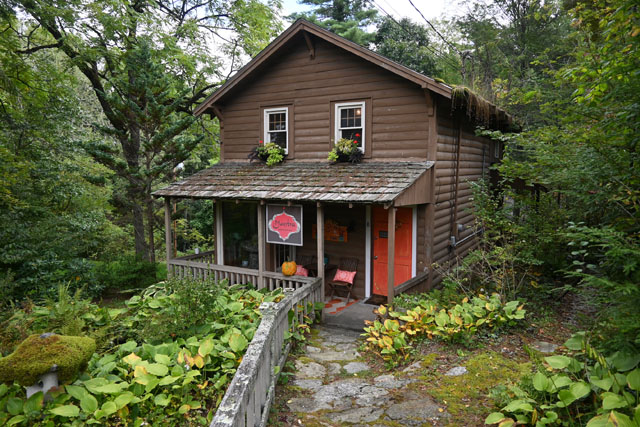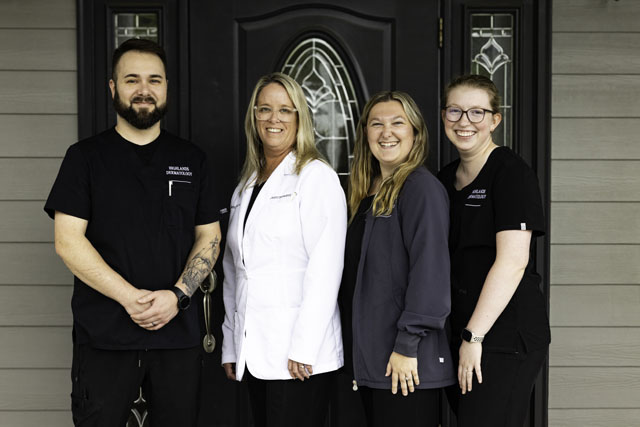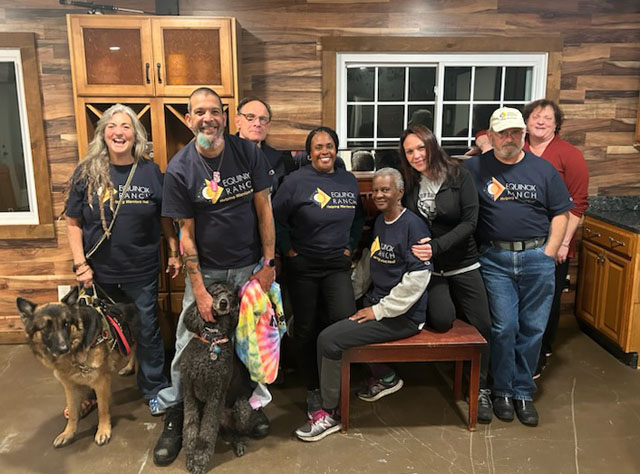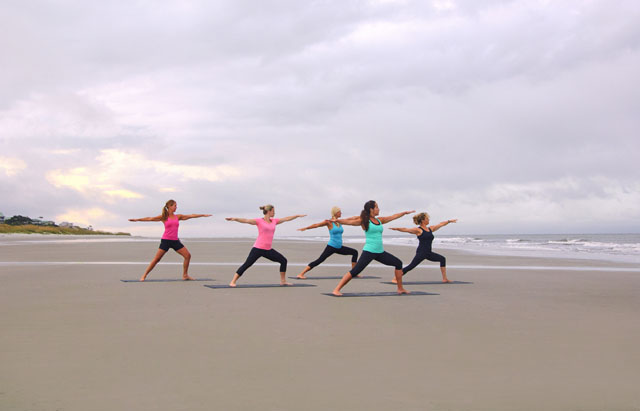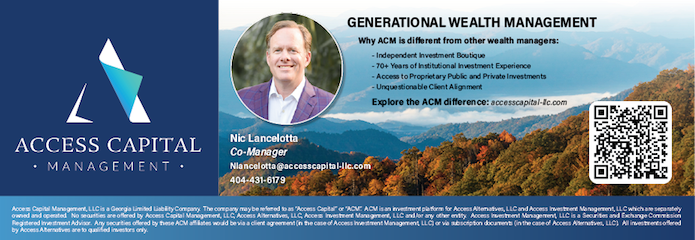Information Not Fear
05 Apr 2023
Physical therapist Angela Tyre demystifies fall prevention and healthy aging
Story by Lisa Gray Youngblood
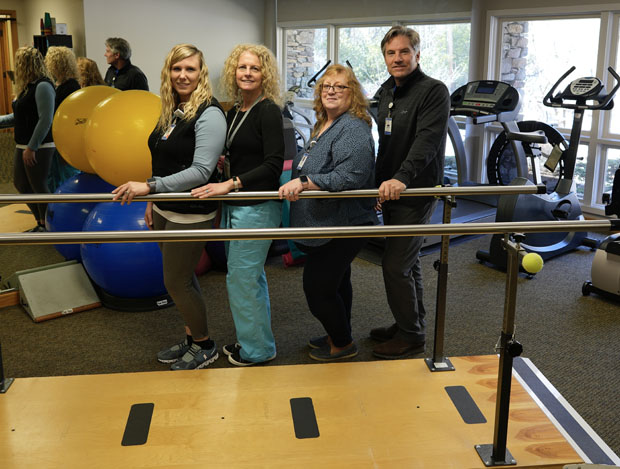
According to the American Physical Therapy Association (“APTA”), falls are the second leading cause of accidental or unintentional injury deaths worldwide. Each year, an estimated 646,000 individuals die from falls globally. The United States is not immune to this statistic. According to the CDC, about $50 billion is spent on medical costs related to non-fatal fall injuries and $754 million on fatal falls every year. As the number of Americans aged 65 and older grows so will the cost to treat these injuries. Perhaps worse is the reality that those who suffer a first fall are much more likely to suffer a second unless serious preventive measures are taken. These are sobering facts for sure but, thankfully, this is only where the story begins.
As Angela Tyre, a physical therapist with Cashiers Physical Therapy, explains, “Falls do not have to be an inevitable part of aging.” There is much we can do to reduce the risk of falling. “That’s the good news, the silver lining. You do have the power to significantly reduce your risk.” Angela explains that the first step is understanding your personal risk, which is often best accomplished with the aid of a medical professional. “Especially for a person who has fallen or who regularly falls, understanding the reason for the fall is the first step in preventing future falls.”
There are many reasons falls are so common as we age, and some may surprise you. “Of course, overall physical fitness is integral to fall prevention,” Angela explains, “but there is so much more at play: impaired vision, medication side-effects, chronic diseases such as Parkinson’s Disease, Alzheimer’s or arthritis, surgical procedures—all of these can play a role.” Almost apologetically, she adds that an honest recognition of aging, which is hard for many of us, is vital. “Maybe navigating a cluttered, low-lit room in your forties was perfectly fine, but in your sixties or seventies, it may not be. Ask yourself, should you carry a heavy laundry basket down the stairs? Should your footwear be non-skid? Do you really need to climb that ladder?” Considering the potential consequences, honesty with yourself is the best policy.
Making these determinations should translate into peace of mind, not fear, for fear is itself a source of falling. As Angela explains, being overly cautious can impact the fluidity of walking, which restricts the body from its full range of motion and its ability to steady itself. Shuffling, an act common in older individuals, can be the result of fear, and it increases the likelihood of falling. So how do we avoid becoming afraid? We take an active role in our health and an honest accounting of our risks.
Angela recommends everyone over 65 or any person who has fallen repeatedly, make an appointment with a healthcare provider who can help assess risks related to illnesses, decline in eyesight, surgeries and medications. There are also the practical accommodations. “Keep moving. Whether it’s walking, golfing, water exercises, Tai Chi—it doesn’t matter. Just move your body.” And of course, there are the more mundane, but equally important practicalities. “Wear sensible shoes; remove home hazards; light up living spaces; and, depending on individual circumstances, consider installing assistive devices (handrails, grab bars, shower benches).”
Range of movement is also important. Getting up and down from the floor requires significant range of motion. Make sure you have that range of motion, and if you do not, do something about it. Physical therapists can help you before you fall. You just need to know when you need help.
There is more you can do. “Get enough sleep and eat a healthy diet that gives you energy and lowers your risk for heart disease, diabetes, cancer and other diseases. Devote 30 minutes a day to physical activity, which not only strengthens the bones and the body overall, but also impacts mood. Avoid smoking and chewing tobacco and limit alcohol consumption.” These are all things within our power, all things that will help us age gracefully and injury-free. They are the ultimate self-care.
Of course, you need not be 65 or older to experience a traumatic fall. We have an active community, and falls can happen on tennis courts, hiking trails, slick pool surfaces, ice or anywhere else. If you have fallen more than once in a year, the same sage advice of assessing your risks applies. The reason for the fall could be easily remediable, and thus you could prevent a life-altering injury. Think of the assessment as an act of self-care.
On a personal note, for those of you who have already experienced a fall and find yourselves living in fear of another, I feel you. I had a hiking accident the day after Thanksgiving and am just now starting to walk again. The world looks different. Slipping hazards lurk everywhere, and my mind wants me to avoid all danger. If I were to perpetually listen to my mind, however, I would rob myself of joy and living. So, I try every day to do something that scares me, to take a reasonable risk. Venturing outside without a wheelchair, walking up and down stairs with crutches, managing gravel or paths, forcing more weight on my ankle—all small feats that add up and ultimately reduce my fear. We cannot afford to let fear control how we live. Life is too precious. If you are in this boat with me, let’s proceed together, one (literal) step at a time, informed and determined.
Cashiers Physical Therapy
57 White Owl Lane, Cashiers, NC 28717
828.743.7504

